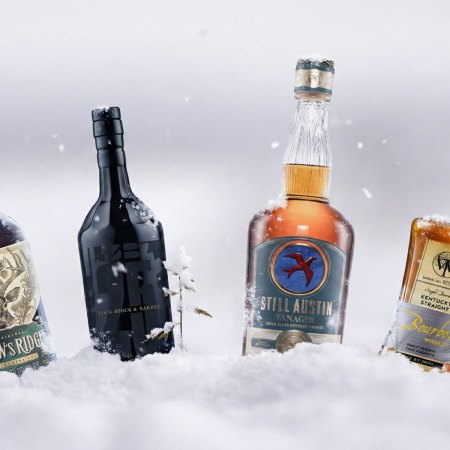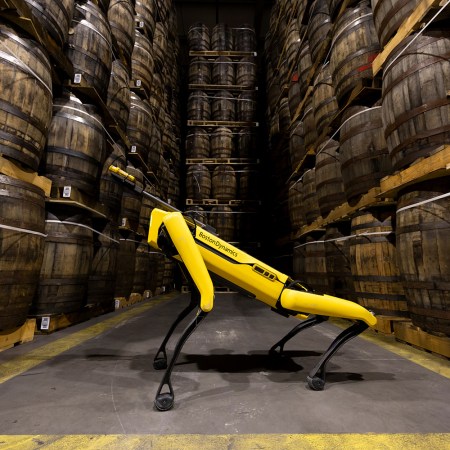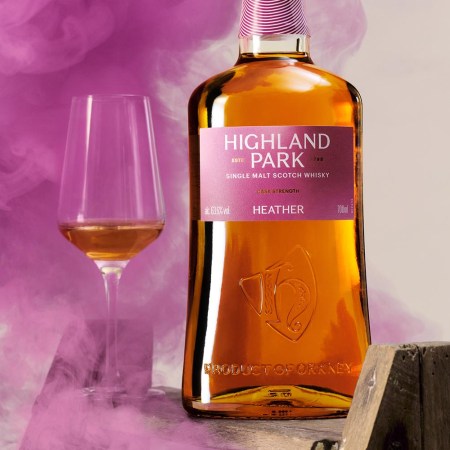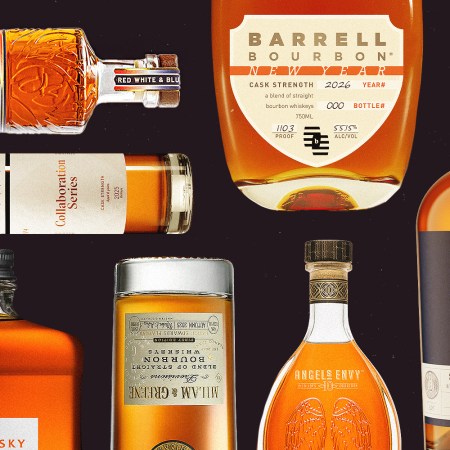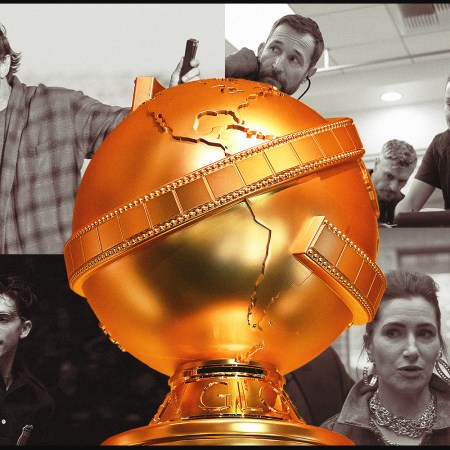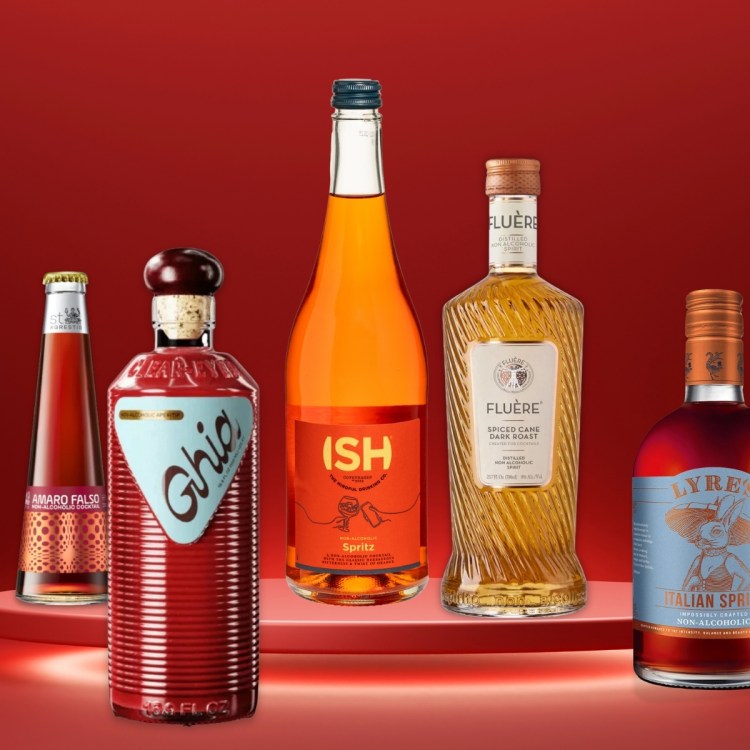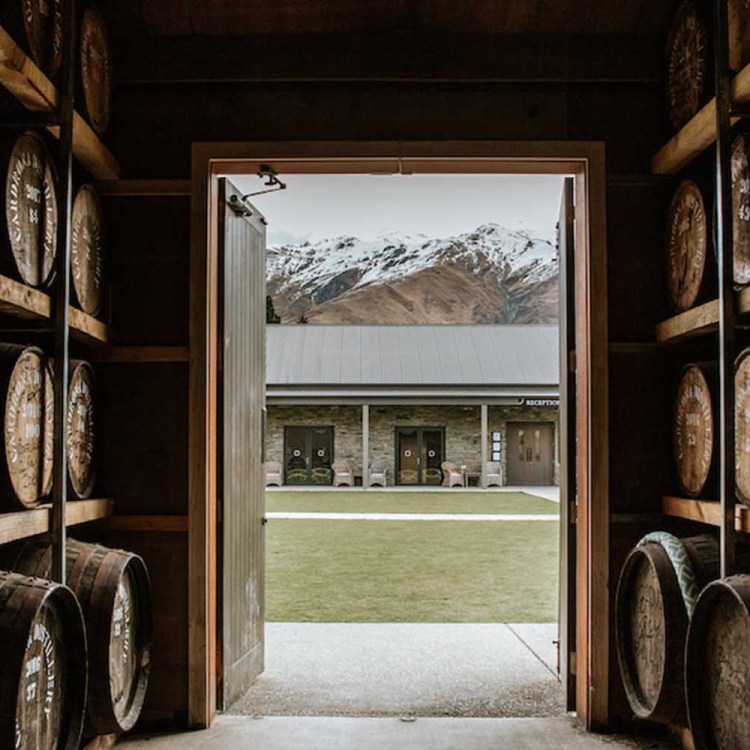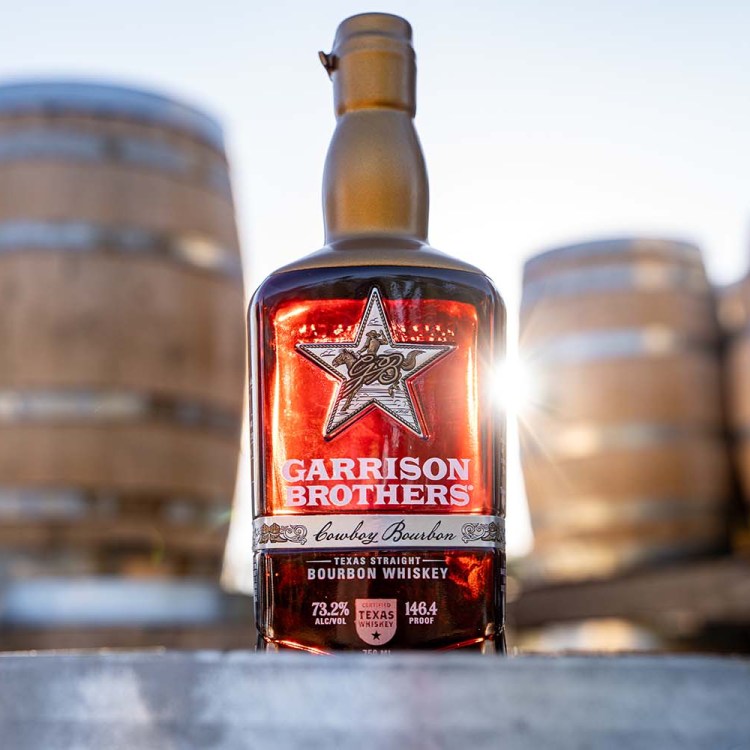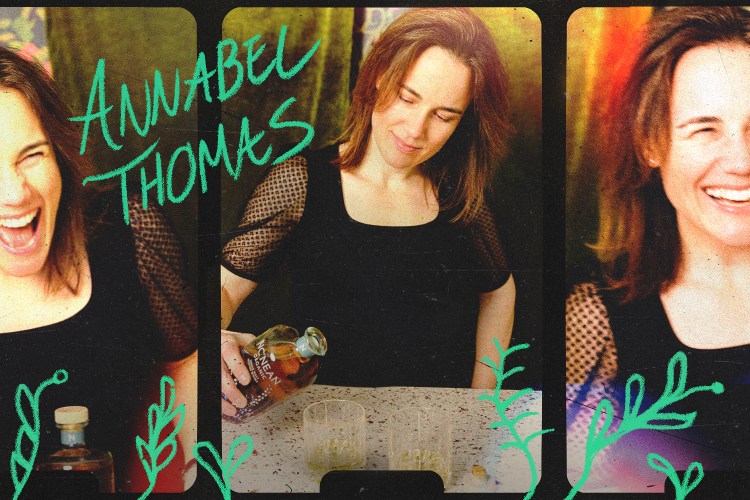“We’ve been planning this release for a long time.”
When Benjamin Boice, the single malt whisky specialist at Whyte and Mackay Americas, talks about the upcoming release of several ultra-aged expressions of Fettercairn, he’s understating the whisky’s journey to America. While the brand expanded across Europe in 2018 and is only hitting our shores this month, the history of Fettercairn goes back over two centuries.
The single malt’s founder, Sir Alexander Ramsay, was a Scottish landowner who campaigned to legalize and license Scotch whisky distillation, which eventually led to the 1823 Excise Act. He applied for a license in 1824 (as did several other well-known distilleries that still operate today), and Fettercairn was opened.
Located in the foothills of Scotland’s Cairngorm Mountains, Fettercairn dubs itself a “Highland Single Malt with a unique tropical house style.” Given the brand’s history, those tropical notes are relatively new, the result of a distillation process invented in the 1950s. It was then that the distillery’s whisky makers discovered that cooling the copper stills with mountain water refined the distillation process. This “copper cooling ring” — which is unique to Fettercairn — quickly lowers the temperatures of the stills, increasing condensation inside the copper and allowing only the lightest vapors to rise.

What you end up with is a surprisingly tropical fruit note to the new-make spirit, which remains through decades of barrel maturation. “The beauty of it is that it’s such a cheap piece of engineering that’s made a huge fundamental change to the spirit,” explains Stewart Walker, the distillery manager and 35-year veteran of Fettercairn.
The portfolio for the U.S. launch includes 24-, 28-, 40-, 46- and 50-year-old single malts. (Note: I tried a 12-year expression in a modified highball with buckwheat soda — might be the best highball I’ve ever had. Its status in the U.S. is unclear as of now.) The expressions are mostly non-chill filtered and, with a couple of exceptions, finished solely in ex-bourbon barrels. The 50-year utilizes a second maturation in ex-port casks, while an 18-year expression (not available at the U.S. launch) is matured in Scottish oak, a fairly rare occurrence in the Scotch world.
In 2024, Scotch Whisky Exports Were Up. But Their Value Was Down.
Changes are afoot in markets across the worldAt a press preview, I was able to try the 24- and 28-year expressions. The 24 featured distinct tropical fruit notes with hints of mango and banana, along with the expected hints of vanilla and biscuit and a modest amount of oak. There was more of a cacao element to the 28-year bottle, with notes of pineapple and melon.
These releases will be highly allocated, with just a few hundred bottles of each expression available for the domestic market. The 24-year-old starts at $650 while the 50-year-old expression, with only 35 bottles available, will set buyers back a whopping $37,000.
It’s really good stuff, but why the wait, and the expense?
“To give you some context, we’ve pulled out of several different markets across the world [Editor’s note: The actual number is around 20-30, according to the brand in a follow-up email] to be able to hold on and build up enough stock where we felt confident to bring Fettercairn to the United States,” explains Boice. “For us, we’re not really asking the question of, ‘Why are you guys doing this?’ We’re saying, ‘I wish we could have done this sooner.’ And for me, it’s incredibly special because it’s such a unique and small production.”
Every Thursday, our resident experts see to it that you’re up to date on the latest from the world of drinks. Trend reports, bottle reviews, cocktail recipes and more. Sign up for THE SPILL now.




